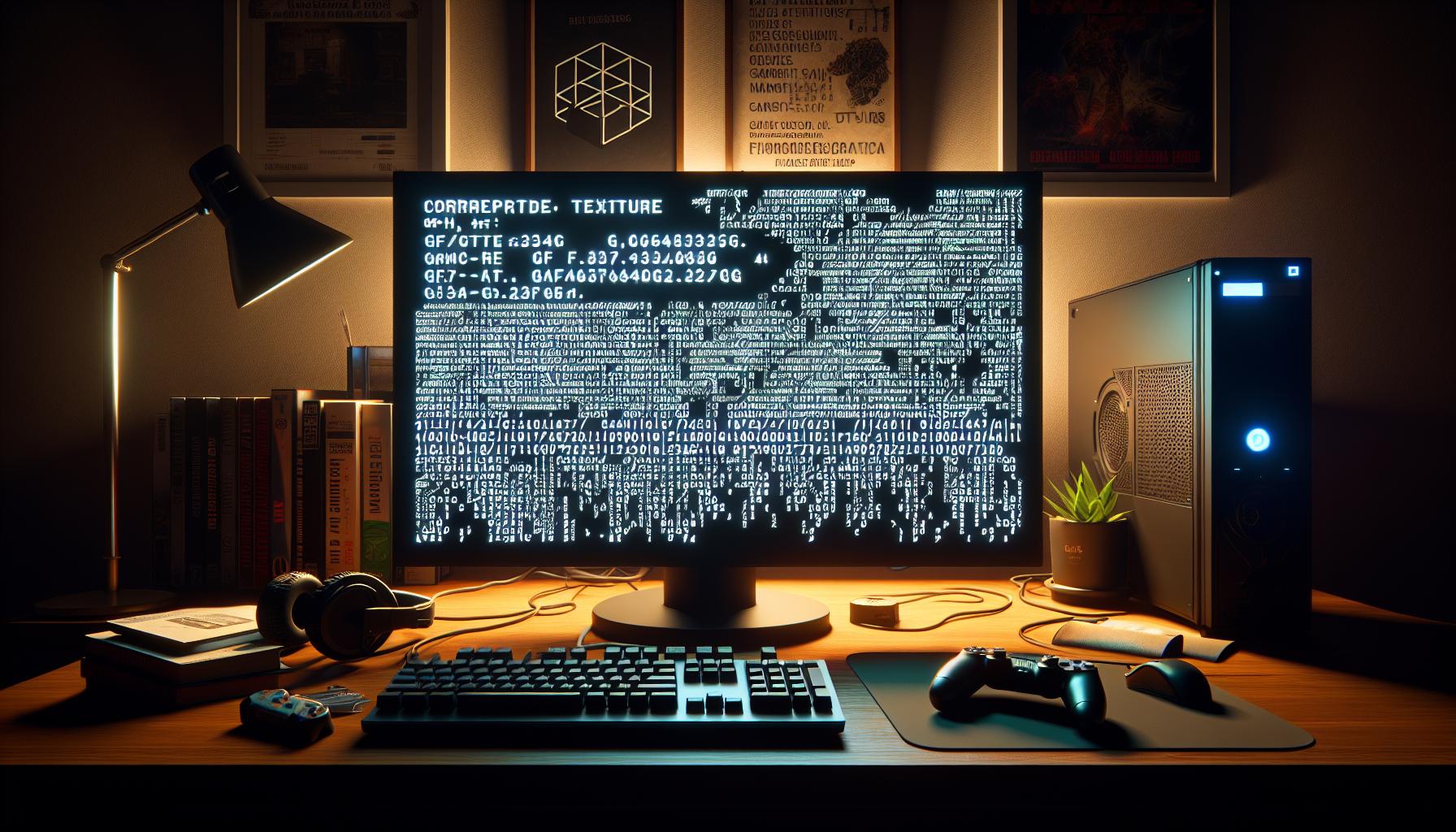Empowering Conversations for Personal Growth
Explore, Reflect, Connect with Conversations with Amber
Meet Amber: Your Guide to Authentic Conversations and Personal Growth
Hi there! I’m Amber, your companion on this journey of exploration and growth. As a passionate advocate for authentic conversations and self-discovery, I’m here to create a space where you can dive deep into meaningful topics, connect with others, and uncover the best version of yourself.
With a background in psychology and a love for connecting with people from all walks of life, I believe in the power of open dialogue to inspire positive change. Whether you’re seeking inspiration, guidance, or simply a listening ear, I’m here to support you every step of the way. Let’s embark on this transformative journey together.

Empowering Minds, Inspiring Souls: Explore the Power of Inspiration
Empowered by Exploration: The Life-Changing Impact of Travel
Nicole Chung’s None of this is True: A Novel: A Gripping Tale of Deception and Identity
How to Make Money with Freelance Platforms
Jewelry Stores in Arizona: Finding Quality Jewelry in Arizona
What We Do
01.
— Authentic Conversations
Dive into a diverse array of authentic conversations at Conversations with Amber. Our platform hosts thought-provoking discussions covering a wide spectrum of topics, from navigating relationships and enhancing communication skills to fostering self-discovery and personal growth. Each post is a window into genuine human experiences, inviting readers to explore, reflect, and engage with the stories and perspectives shared by our community.
02.
— Inspirational Insights
Explore a treasure trove of inspirational insights at Conversations with Amber. Our posts are carefully crafted to uplift and empower, offering readers a source of motivation, encouragement, and hope. Whether you’re seeking words of wisdom, success stories, or practical tips for overcoming obstacles, our content is designed to ignite your passion, spark your creativity, and inspire positive change in your life.
03.
— Community Connection
Join our vibrant community and connect with like-minded individuals at Conversations with Amber. Through our posts, we aim to foster a sense of belonging and camaraderie among our readers. From heartfelt discussions to collaborative projects, our community-driven content encourages engagement, empathy, and mutual support, creating a space where everyone feels valued, heard, and inspired to grow together.
Nurturing Bonds, Fostering Understanding: Explore Relationships & Communication
Why Clear Communication Could Make or Break Your Crypto Project
Creating an Attractive Dating Profile – Tips and Tricks
Enhance Your Relationships with Top Communication Books
Relationship Success: The Vital Role of Effective Communication
What our readers say
Julia Spears
Conversations with Amber is a breath of fresh air in the online community. I stumbled upon this website while searching for inspiration, and I’m so glad I did. The content is engaging, thought-provoking, and deeply relatable. I particularly enjoy the section on Relationships & Communication, where I’ve found valuable insights that have helped me navigate difficult conversations and strengthen my connections with others. The platform’s commitment to authenticity and personal growth shines through in every post. Highly recommended!
Jessica Chambers
Conversations with Amber has become my go-to destination whenever I need a pick-me-up or a dose of motivation. The website’s focus on Inspiration & Empowerment is exactly what I’ve been looking for. The articles are uplifting, encouraging, and always leave me feeling inspired to pursue my dreams. I’ve also enjoyed exploring the Authentic Conversations section, where I’ve discovered a sense of community and solidarity with others who share similar experiences and aspirations. Overall, Conversations with Amber has exceeded my expectations and become an integral part of my self-care routine.














